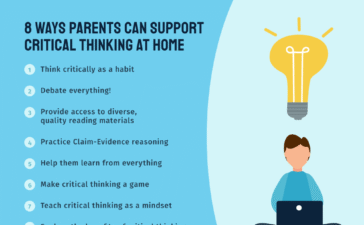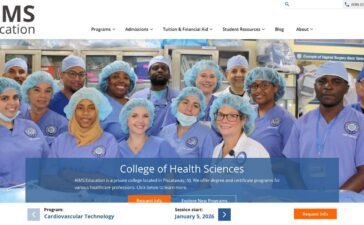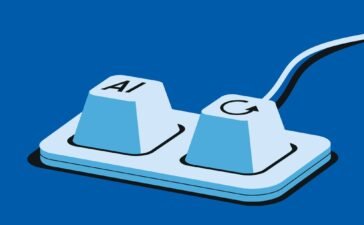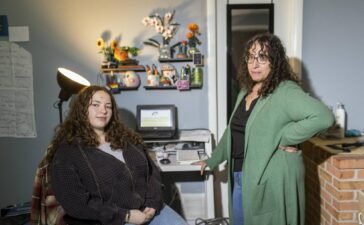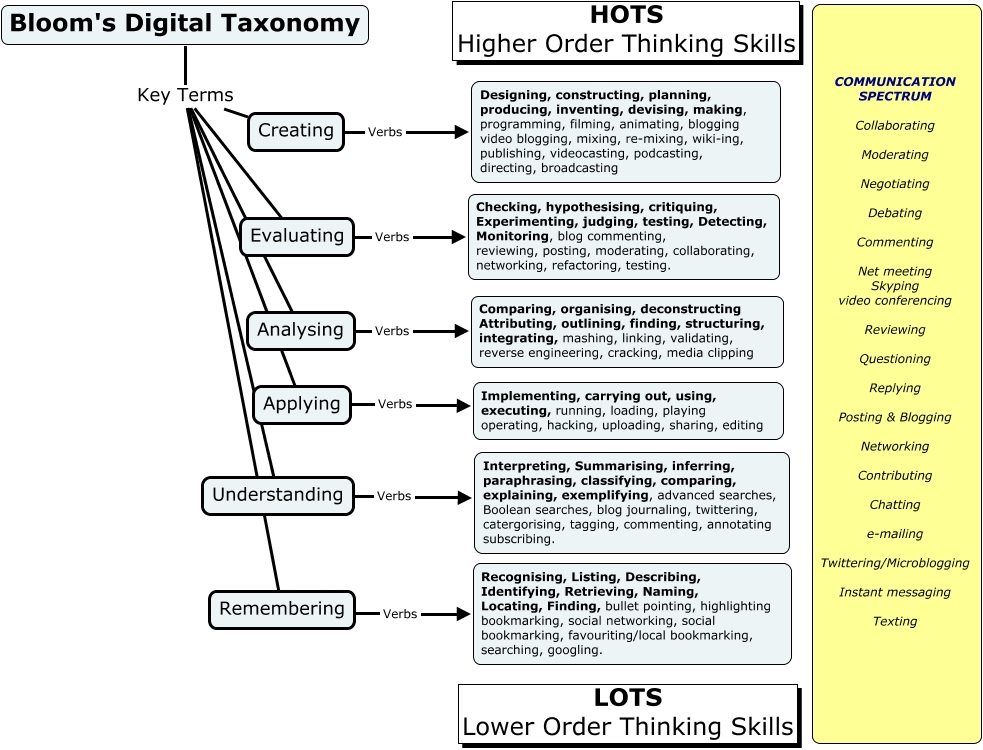
by TeachThought Staff
At TeachThought, we’ve described Bloom’s Taxonomy as “a hierarchical ordering of cognitive skills that can, among countless other uses, help teachers teach and students learn.”
Whether you’re designing instruction, evaluating an assessment, or observing a classroom, Bloom’s remains a powerful tool for understanding how thinking happens—and how we can better support it through intentional lesson design.
Integrating AI Into Bloom’s Taxonomy
AI tools like ChatGPT are reshaping how students access and interact with knowledge—but where do they fit within Bloom’s framework?
The answer depends on the design of the task. Asking ChatGPT to summarize an article aligns with Understanding. Prompting it to generate interview questions may fall under Applying, while using it to design a project or co-write a podcast script can reach Creating. The cognitive demand lies not in the tool itself, but in how students are expected to engage with it.
That’s where Bloom’s Digital Taxonomy becomes especially useful. It aligns traditional thinking levels—Remember, Understand, Apply, Analyze, Evaluate, and Create—with today’s digital tasks, tools, and media. Originally focused on now-outdated web tools, this framework evolves with tech trends, helping educators plan lessons that emphasize thinking rather than digital busywork.
Modern platforms like ChatGPT, Canva, Google Docs, Minecraft Education, and YouTube empower students to demonstrate higher-order thinking in dynamic, creative ways. Whether they’re curating resources, building presentations, collaborating on documents, or co-authoring content with AI, Bloom’s Digital Taxonomy helps make the cognitive goals behind these activities visible—and more intentional.
Looking for practical classroom verbs instead of task types? Explore our companion list of 126 Bloom’s Digital Verbs For Technology-Rich Teaching.
Using Bloom’s Digital Taxonomy in the Modern Classroom
While Bloom’s is often used to plan assessments or differentiate instruction, this version encourages teachers to also evaluate the cognitive complexity of digital work. Are students just searching and repeating, or are they synthesizing, designing, and reflecting?
The Communication Spectrum on the right of the chart further emphasizes how learners engage with others in digital spaces—from messaging and posting to more nuanced forms of collaboration.
What About AI Tools Like ChatGPT?
AI tools like ChatGPT present new challenges and opportunities when viewed through Bloom’s lens.
For example, prompting ChatGPT to summarize an article might fall under Understanding, while asking it to generate interview questions could land in Applying or even Creating—depending on how the output is used by the student.
The key is in the design of the task and how learners are expected to interact with the tool.
One Takeaway
This version of Bloom’s isn’t just about matching tech tools to ‘tasks.’ Instead, it (hopefully) helps educators see the thinking demands embedded in digital activities—making the less visible skills in ChatGPT, streaming, social sharing, podcast creation, and more.
Want a full list of verbs based on this framework? Check out 126 Bloom’s Digital Verbs For Technology-Rich Teaching.
Need a traditional version for lesson planning and assessment? Visit Bloom’s Taxonomy Verbs For Teaching and Assessment.
You Might Also Like
8 Ways Parents Can Support Critical Thinking At Home
contributed by Lee Caroll, PhD and updated by TeachThought Staff Research agrees that the strongest students emerge from homes supportive in the...
How Educators Can Prepare Students for Careers in Medical Imaging
contributed by Beth Rush When students say they want to work in health care, they often default to roles they...
A Look Back at the Early Years of AI in Schools with MIT’s TeachLab
Today we’ve got a special episode to share with you. It’s from our friends at Teach Lab, a podcast about...
Teachers Are Using Software To See If Students Used AI. What Happens When It’s Wrong?
The teacher didn’t respond, and docked Ostovitz’s grade. Ostovitz’s mom, Stephanie Rizk, says her daughter is a high-achieving student who...






